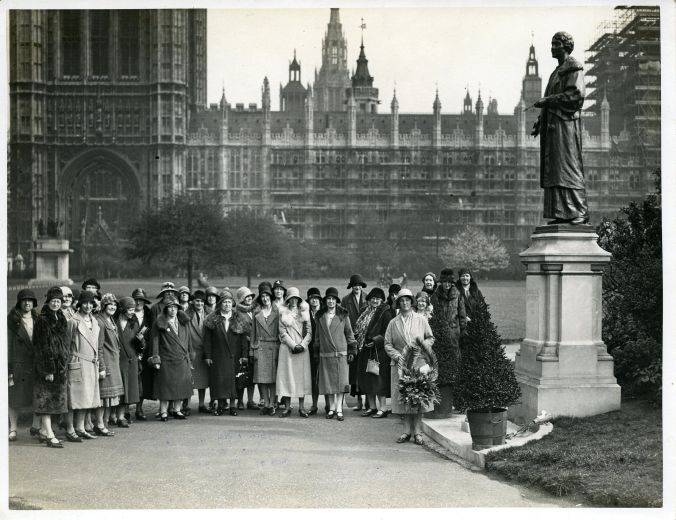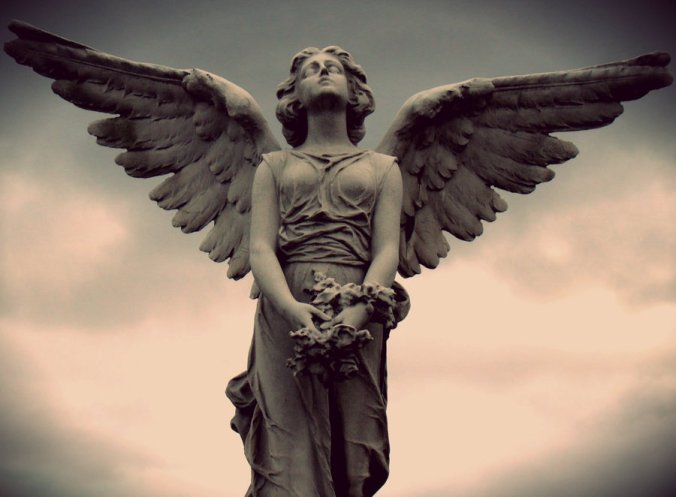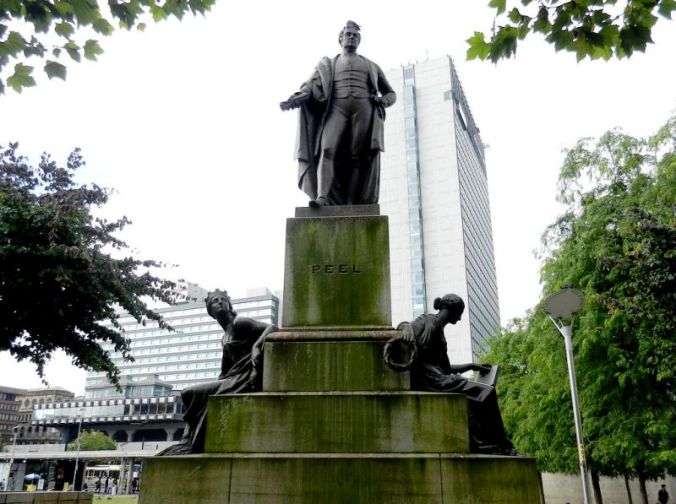 The unveiling of the Emmeline Pankhurst statue, London. 1930
The unveiling of the Emmeline Pankhurst statue, London. 1930
Real women are hugely under represented in public art. Using the UK as an example, research has revealed that in regard to public statues of real figures in Britain, only a very small percentage are representative of women.
For centuries in the West, public art has been utilised to communicate certain messages to a wide audience in order to sanction specific values and beliefs. In terms of figurative art, representations of actual men have often been encoded with signs of status, worth and power. In turn, male-centric public representation commonly endorses the idea that men alone have guided both history and culture. In fact such perceptions are so embedded that they have become quite normalised.
While images of powerful men have dominated public art, the most common representations of women are allegorical figures and mythical beings, such as near naked mermaids, goddesses and angels. Womanhood is thus publicly presented as abstract or illusionary, objects of fantasy and projection, or vessels for announcement. This, in turn, is reflective of enduring practices to utilise women’s bodies in specific ways, including as objects to promote ideas, beliefs or ideologies.
Differences in male and female presentation can be defined as a form of visual propaganda, supporting a gendered hierarchy in conjunction with an ideological censorship of female lives. That women are reflected not in terms of their experiences and achievements aids their erasure from public life and societal value, and can even be regarded as negating the idea of their humanity.


Campaigners have highlighted such inequality, aiming to raise the public profile of women as integral to a fair and just society. Taxes from women equally fund public art, yet public representation, even in the 21st century, remains inexcusably male orientated.

Artist Gillian Wearing with the model of her statue for Parliament Square
In the light of this, women-led initiatives to improve the representation of fellow females have had some success. The first ever statue of a woman in Parliament Square, for example, depicting suffragist Millicent Fawcett, was unveiled in 2018. It is also the first ever statue in that location to be created by a woman, artist Gillian Wearing. In the same year, fellow sculptor Hazel Reeves created her sculpture of Emmeline Pankhurst – the first statue representative of a real woman in Manchester, UK, not including Queen Victoria.

Hazel Reeves’ statue of suffragette Emmeline Pankhurst, 2018
Another example of initiative was instigated by Cécile Nobrega (1919 – 2013), Guyanese-born UK poet, playwright, composer and activist who led a 15-year campaign to establish the first public statue of a Black woman to be on permanent display in England. Known as the ‘Bronze Woman’, a title based on a poem by Nobrega herself, the work was unveiled in Stockwell, London in 2008 as a tribute to the contribution of the Afro-Caribbean community to the UK.
Cécile Nobrega and ‘Bronze Woman’
In 2021, a statue of palaeontologist Mary Anning by artist Denise Dutton was unveiled in Dorset, UK. Anning’s 19thc discoveries helped shape the science. As the work of many women in numerous fields has so often been forgotten, credited elsewhere or even erased by history, such commemoration is, of course, imperative as a more valid representation of our existence. This particular sculpture was the result of a 5 year campaign initiated by campaigner Evie Squire at the age of just 11 years old.
Another hopeful initiative which became a reality is the new Virginia Woolf sculpture, recently situated by the Thames at Richmond, UK. Created by sculptor Laury Dizengreme and enabled by a crowd funding campaign, the work features a relaxed and smiling Woolf, in a long overdue memorial to a great English writer.
While such campaigns represent progress, they also highlight an ongoing need for fairer representation and what should be greater public recognition of the contributions of women in the world, who are, after all, half the human population.
As Woolf herself stated “Anon…… was often a woman.”
To not aim to reverse this would be a shameful failure of culture and in fact, a huge loss to us all…..
(Thank you to all those who have worked tirelessly towards fairer representation and the memory of great women).

Virginia Woolf life-size statue by sculptor Laury Dizengreme
